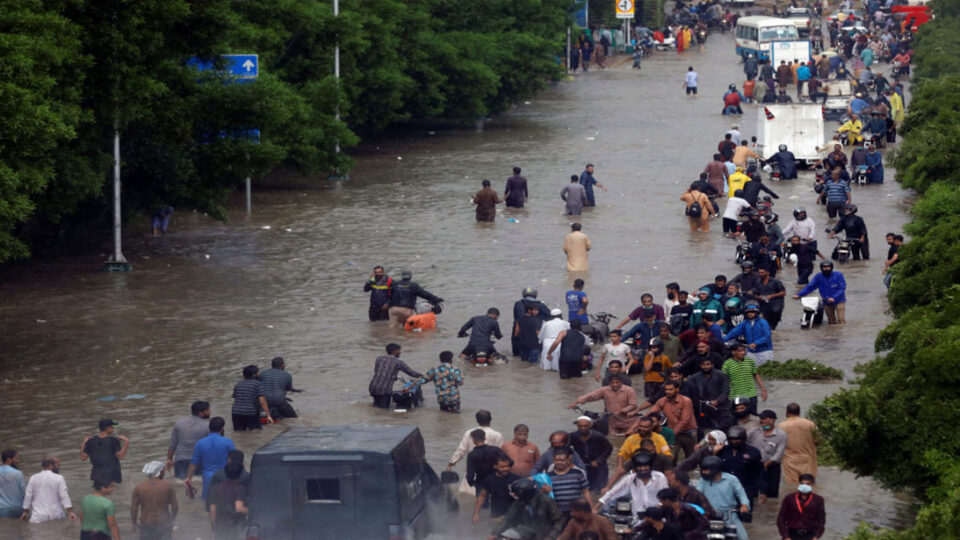Monsoon Season Turns Deadly in Pakistan: 111 Lives Lost Since Late June
The ongoing monsoon season in Pakistan has claimed at least 111 lives between June 26 and July 14, according to the National Disaster Management Authority (NDMA). Tragically, more than half of the fatalities are reported to be children.
Causes of Fatalities: Electrocution and Flash Floods
The NDMA reports that most deaths occurred due to electrocution and sudden flash flooding. One particularly devastating incident in late June saw 13 tourists swept away while sheltering near a riverbank during a flash flood.
Punjab Sees Highest Casualties
The Punjab province, Pakistan’s most populous region, recorded the highest number of deaths. Other provinces and regions affected include Khyber Pakhtunkhwa, Balochistan, Sindh, Gilgit-Baltistan, and Azad Jammu and Kashmir.
More Rain Forecasted
The Pakistan Meteorological Department (PMD) has issued warnings for heavy rainfall between July 15 and 17. A low-pressure system from India’s Madhya Pradesh is expected to bring strong monsoon currents into central and northern Pakistan, combined with a westerly wave influencing upper parts of the country.
Areas at Risk of Flooding and Landslides
The forecast includes very heavy rainfall across:
-
Punjab and Islamabad
-
Khyber Pakhtunkhwa
-
Gilgit-Baltistan and Kashmir
-
Balochistan and Sindh
Urban centers such as Lahore, Rawalpindi, Faisalabad, and Peshawar may experience urban flooding. Landslides could disrupt travel in Murree, Galiyat, and northern Khyber Pakhtunkhwa.
Public Advisory
Residents are advised to:
-
Avoid unnecessary travel
-
Stay informed through official weather alerts
-
Exercise caution in low-lying or mountainous areas
Climate Risks Remain High
While monsoon rains are essential for agriculture, they also pose serious threats in a climate-vulnerable country like Pakistan. In 2022, catastrophic flooding affected one-third of the country, causing over 1,700 deaths. Many communities are still rebuilding from that disaster.

